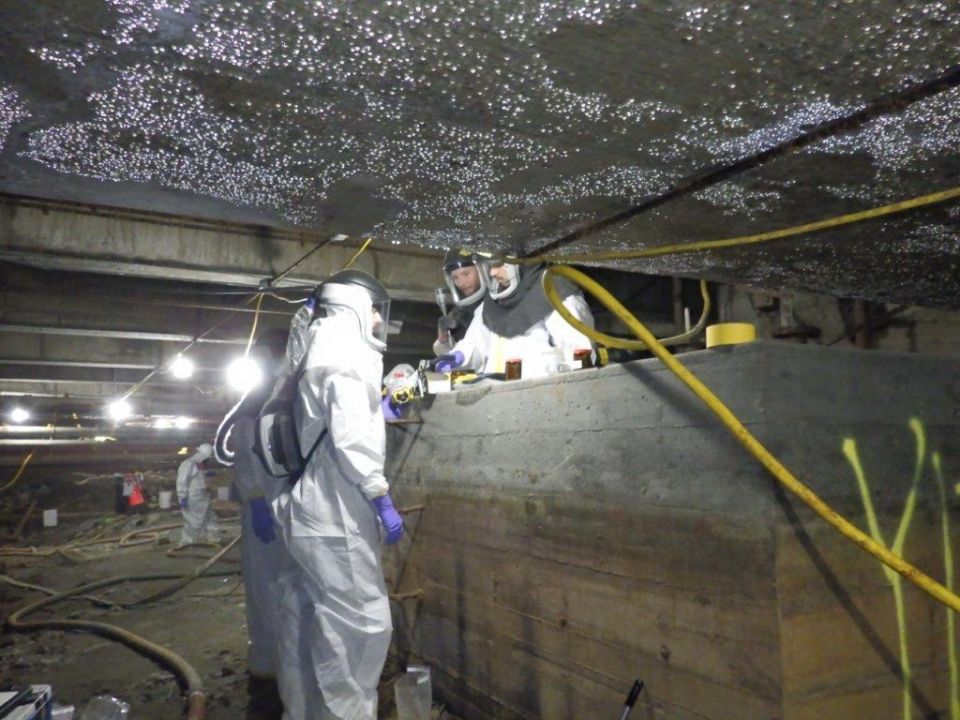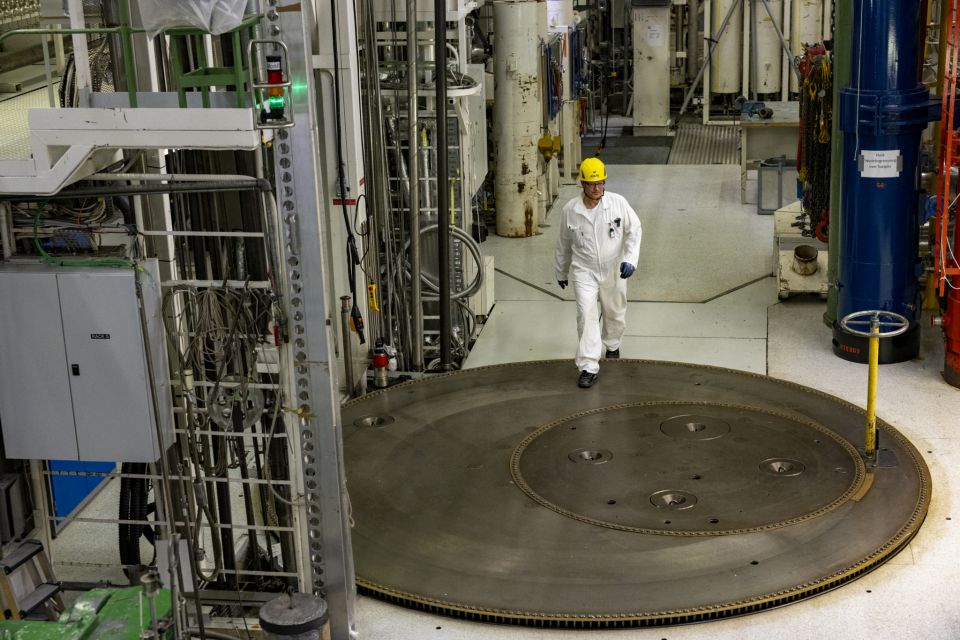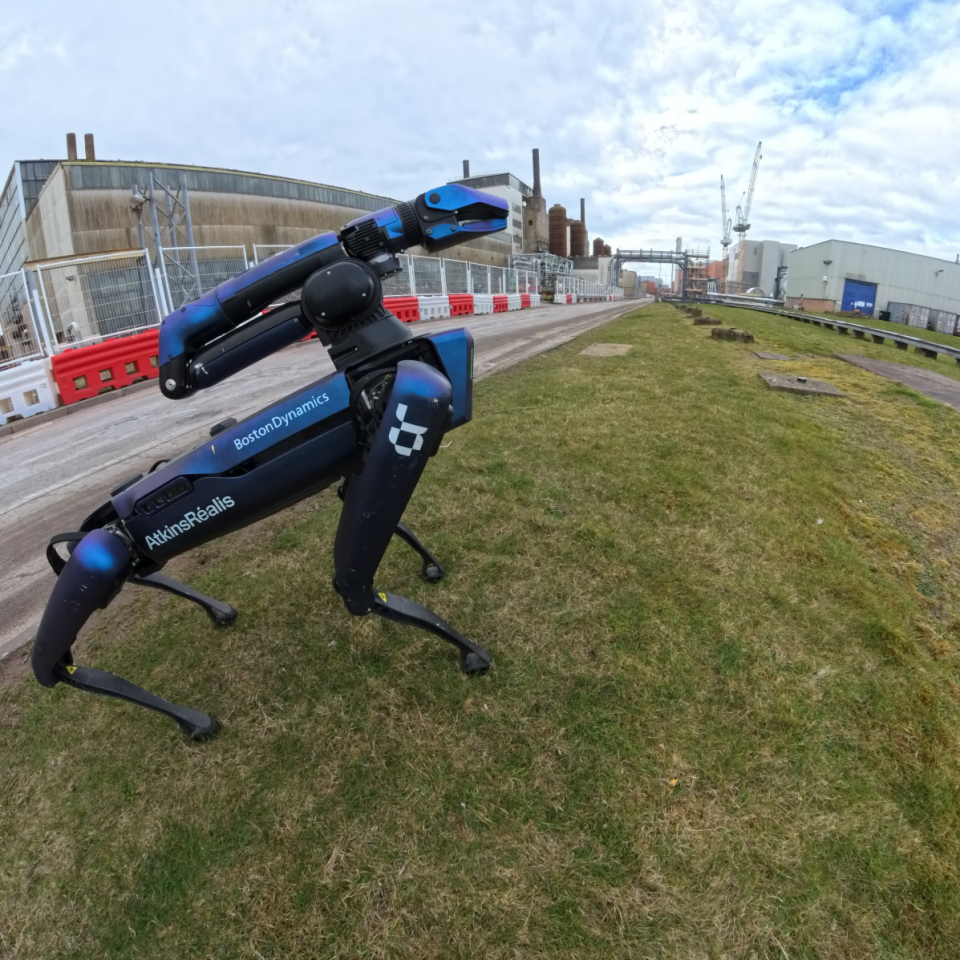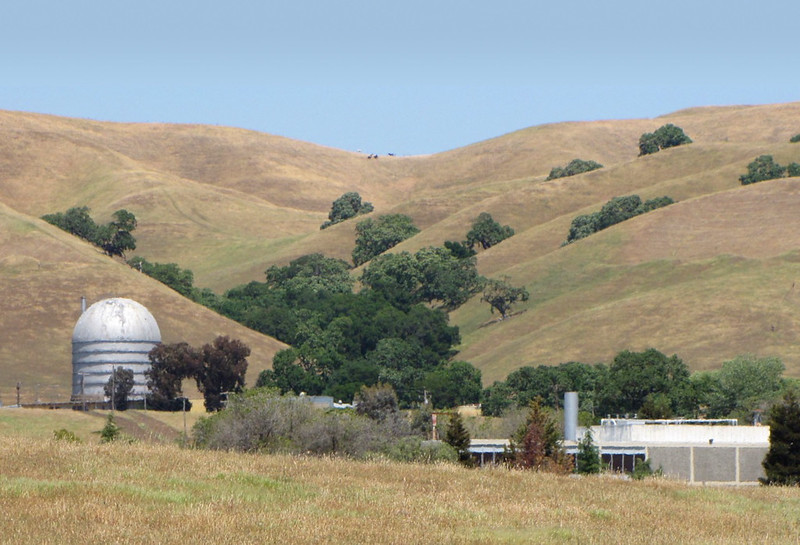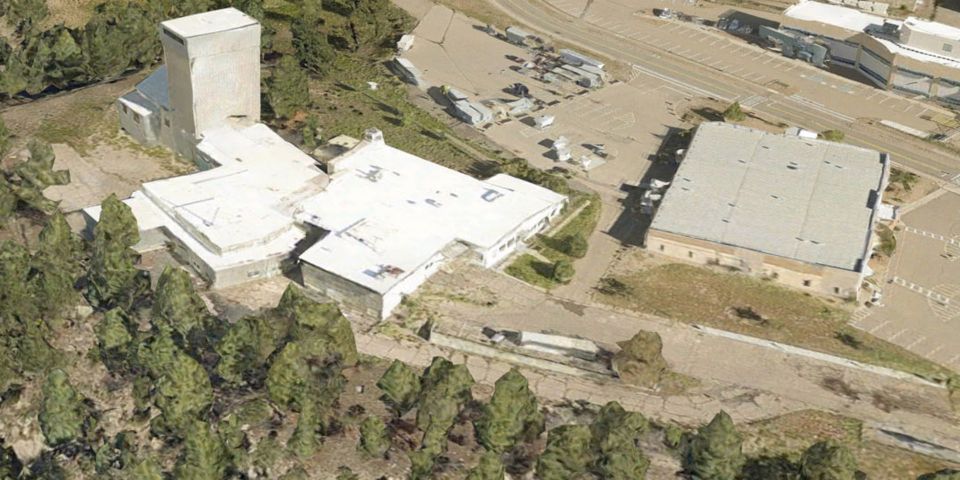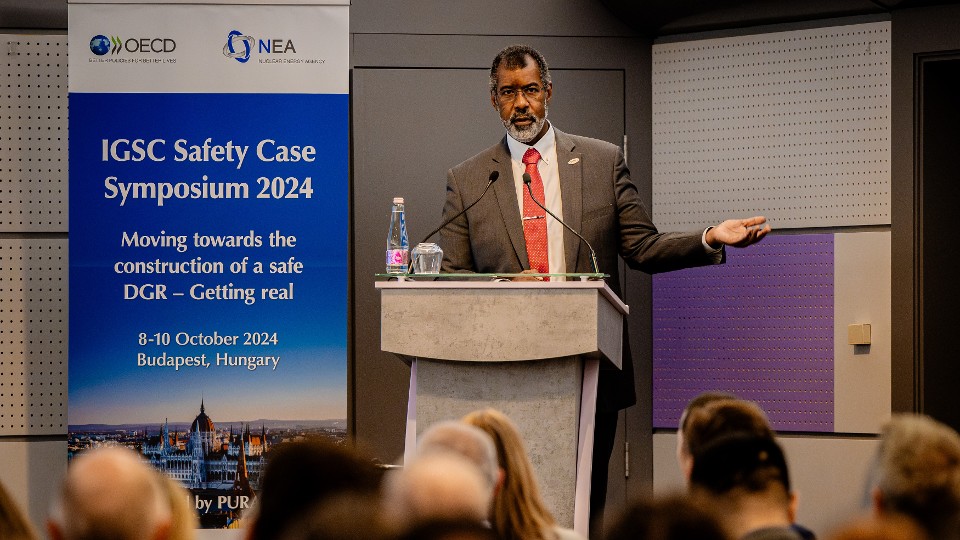Virtual reality in the nuclear community
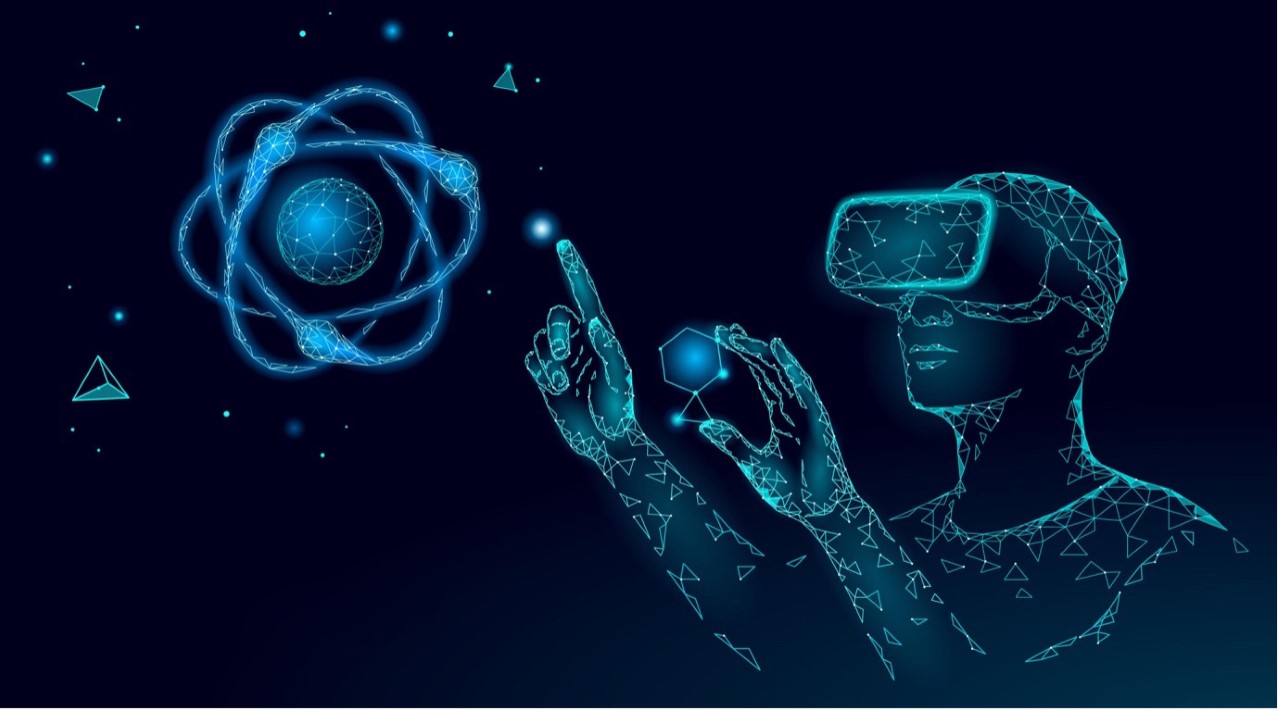
DISCLAIMER: The views expressed in posted articles do not necessarily reflect the views of the American Nuclear Society. The views expressed here are those of the individual authors. ANS takes no ownership of their views. The American Nuclear Society assumes no responsibility or liability for any use or operation of any methods, products, instructions, or ideas contained on this site.
The nuclear industry is rapidly embracing virtual reality (VR) technology to optimize operations and improve safety. VR companies build an interactive 3D virtually realistic environment where teams can be trained without compromising safety.
While nuclear power plants are safe and secure, they remain prone to severe accidents or production losses due to human error. VR makes it possible to create realistic and immersive nuclear power plant environments to train operators on how to perform their tasks safely. VR technology allows trainees to practice various situations, such as emergency evacuation, plant operations, fuel handling, leaks, and fires, in a virtual site. As the simulated environments feel extremely realistic, they help create a highly immersive experience to teach the right response in difficult situations.
Turbine maintenance training
The turbine generator is the most important component in the power plant, other than the reactor and steam generator. Periodic inspection and maintenance of the turbine are very important. However, conducting hands-on training of the maintenance of the turbines and engines in a nuclear plant can be a challenge, especially due to the time it takes and the risks and costs involved. VR makes it possible to train maintenance engineers in a more engaging and safer manner without having to find the actual equipment on which to train. From plant assembly to dismantling, a virtual environment helps young technicians go through the various steps of training and see all the parts working together before they go into a real plant.
Training control room operators
Training the engineers and operators to handle crucial functions in the control room of a nuclear plant is extremely critical. Virtual reality has proved to be an effective and efficient training tool to impart knowledge of controls. In order to enhance users' understanding of nuclear reactor principles, a virtual reality system based on a simulator can be developed to interface with the scenarios in nuclear power plants. With VR, nuclear plants can provide an immersive training experience for its operators without affecting the overall safety of the power plant. Plants can simulate basic operations or emergency situations with real-life stress factors to make the training very realistic.
Nuclear power plant orientation
Entry into a nuclear power plant is highly restricted and is especially not open to young engineers or visitors. VR can be useful for creating a mock-up of the nuclear power plant and allow engineers to perform activities within the plant. VR allows engineers to freely navigate through a nuclear power plant to gain a better understanding of the orientation of the plant without compromising safety. Virtual tours of nuclear power plants allow visitors to experience the control room, the reactor, and the turbine hall and switch yard.
Training for decommissioning
Providing training for decommissioning nuclear power plants is a lengthy process. VR gives a sense of what it is like inside those reactors, serving a critical role in training teams to decommission the reactors.
VR training can help nuclear power plant workers at decommissioning sites by familiarizing them with the relevant steps in a safe and controlled environment. Conducting training in highly realistic virtual environments can help prevent fatal accidents.
Using VR for decommissioning training is also cost-effective, since operators need disposable protective gear for physical training, which can be extremely expensive. In some countries, decommissioning authorities have also started using VR-powered decommissioning solutions, as robots can work faster and remain unaffected by continuous exposure to radioactive elements.
Fuel handling training
Training operation and maintenance crews for fuel handling systems in a nuclear power plant is essential. Safe handling of fuel assemblies is important to ensure smooth functioning, without posing an unnecessary risk to safety or the environment. However, the configuration of the fuel channels is incredibly complex, and training the engineers in real life can be tricky. Through computer simulations, VR provides a safe and highly realistic environment where trainees can learn about handling fuel without exposing themselves to radiation or compromising the structural integrity of the reactor.
Training for emergency preparedness
Preparing for accidents and emergencies that could occur at a nuclear power plant is a necessity. Laws in each country require nuclear operating companies to develop and maintain emergency preparedness plans for their nuclear power plants to protect the public. However, planning for such training can take up a considerable amount of time and resources. Here’s where training in a simulated environment is important. Emergency situations like loss of electric supply, failure of emergency generators, failure of cooling system, and leaks can be created in a virtual environment for training and testing purposes. Virtual environments make it possible to test the operation of the devices, tools, and procedures that would be employed in different emergency situations, and also help maintain the level of preparedness of the staff that would be involved with these emergencies. In addition, VR makes it possible to test response time, communication, and decision-making skills of the teams in emergency situations, which is not possible in real life.
Why training through VR is useful
Most of the nuclear industry is still using traditional training methods—primarily computer-based training, along with limited sessions of on-site training. As a result, the engineers are not very certain about what needs to be done in real-life situations or in an actual environment.
VR enables the creation and simulation of virtual worlds. These worlds immerse trainees in the virtual environment as if it were an actual nuclear power plant. In a VR environment, trainees can move around the plant under complete safety. VR controllers allow the trainees to interact with virtual control panels, turbines, and fuels, which is not possible in real-life training. VR training thus results in higher reproducibility and safety. It is also cost-effective since multiple sessions can be conducted without spending an astronomical sum. Studies have shown that VR-enabled training has improved the overall responsiveness of those working at nuclear plants. VR in the nuclear industry is definitely helpful as a performance-boosting measure.
Future of VR in the nuclear industry
The best thing about VR is that it enables real-time collaboration and creates an accurate immersive environment. Assembly, operations, maintenance, and decommissioning of nuclear power plants—training through VR can be used at all stages at a fraction of the cost of traditional training and under complete safety.
The nuclear industry can use VR training to increase efficiency and maximize operations. It is an incredibly efficient way of training teams safely, as well as attracting youth to the industry.
Payal Gupta is director of international business development for India-based Tecknotrove Systems.




